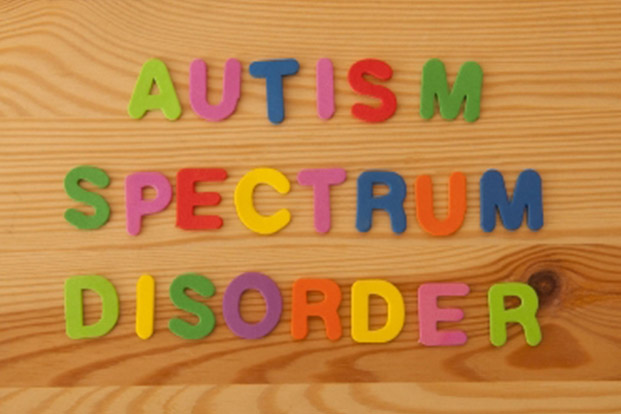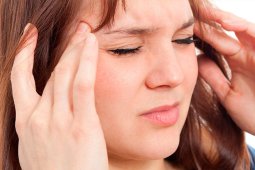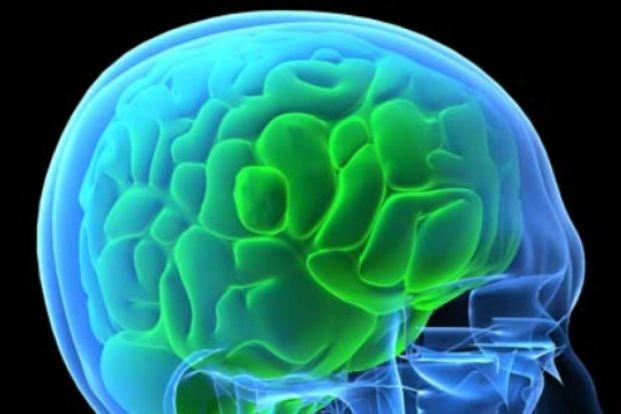Categories
- Bariatric Surgery (11)
- Black Fungus (5)
- Bone Marrow transplant (3)
- Brain Tumor Surgery Navigation Technology (20)
- Cardiac Surgery (66)
- Cardiology (97)
- Computer navigation technology for joint replacements (20)
- Covid Vaccination (17)
- Critical Care (2)
- Dental (19)
- Dermatology (31)
- Dialysis Support Group - “UTSAAH” (11)
- Dietitian (33)
- Emergency Medicine (4)
- Emotional Health (11)
- Endocrinology (33)
- ENT (20)
- Gastroenterology and GI Surgery (53)
- General and Laparoscopic Surgery (21)
- General Surgery (4)
- Gynecology & Obstetrics (183)
- Hematology (20)
- Internal Medicine (294)
- Kidney Transplant (50)
- Kidney Transplantation (20)
- Lung Cancer (8)
- Minimal Invasive Surgery (1)
- Mother & Child (20)
- mucormycosis (5)
- Nephrology (61)
- Neurology (147)
- Neurosurgery (68)
- Nutrition and Dietetics (107)
- Omicron Variant (1)
- Oncology (288)
- Ophthalmology (10)
- Orthopaedics & Joint Replacement (86)
- Paediatrics (59)
- Pediatric Nephrology (3)
- Physiotherapy (5)
- Plastic & Reconstructive Surgery (6)
- Psychiatry and Psychology (90)
- Psychologist (28)
- Pulmonology (72)
- Rheumatology (13)
- Spine Services (21)
- Transradial Angioplasty (16)
- Urology (84)
Query Form
Posted on Apr 19, 2022
What is Migraine?
Primary Headaches occur when the headache and its associated features are considered to be the disorder (e.g., migraine, tension type headache, cluster headaches, idiopathic stabbing headache, exertional headaches). On the other hand , secondary headaches occur due to exogenous disorders (e.g., infections, head injuries, disorders, tumors and hemorrhages).

Migraine is a type of primary headache disorder, characterized by recurrent episodes of pulsating headaches ( often affecting one side of the head ), associated with other symptoms such as nausea and vomiting. The frequency of the episodes may vary from several per week to once in several months. An episode may last between 4-72 hours.
Migraines can affect individuals of any age, sex or ethnicity. However it usually arises during the puberty or young adulthood and in fact, women are more affected than men. Also, migraines tend to run in the family. Migraine attacks are painful however, they usually do not pose any significant threat to overall health.
Causes-
The Exact cause of migraines headaches is still unknown
However , genetic factors are thought to be involved
Recognized triggers of migraine include:
1. Stress and anxiety
2. Lack of excess of sleep
3. Diet :skipped meals, caffeine, chocolate, alcohol
4. Certain odours, bright lights, loud noises
5. Hormonal Changes during the menstrual cycle
6. Weather Changes
Symptoms-
There are 2 main type of migraine attacks:
Migraine without an aura (common migraine) and Migraine with an aura.
An aura consist of a temporary and fully reversible disturbance (visual,auditory,sensory,autonomic) that precedes the onset of headache. During an aura patient may experience a visual disturbances such as viewing flashing lights, dots, lines or experience loss of vision. Also patient often experience numbness, extreme tingling, loss of balance, an altered sense of smell or speech difficulties. An aura can last from 5 min to 1 hour.
Treatment-
Migraines cannot be cured but they can be controlled.
Your doctor may encourage you to keep a headache diary(time,frequency,related events,etc.)in order to you identify and avoid possible triggers. Also your doctor may encourage you to try some relaxation techniques. There are two types of treatment for migraines:
1. Health the migraines the onset of the attack or treating the pain:
Moderate migraine attacks are usually treated with over the counter drugs to control the pain: analgesics(e.g, acetysalicylic acid or acetaminophen) or nonsteroidal anti-inflammatory drugs(e.g.,ibuprofen)
Severe migraine attacks,where the headache is not relieved using over the country medications are treated with drugs that stop the migraine from progressing ,(e.g. tripants ,ergots). If nausea or vomiting are present ,antiemetic drugs may also be taken
2. Preventive treatment to reduce the number of attacks (prophylaxis):
When migraine headaches become frequent, severe and cannot be relieved with any of the previous medication , preventive drugs such as beta-blockers , calcium channel blockers ,antidepressants or anticonvulsants, can be effective.
However ,your doctor must take into accounts the side effects that influence the choice of medications include age, pregnancy, other medical conditions, lactation and menstruation –related migraine.



